There’s nothing more frustrating than spending time creating emails for your sales funnel only to find out that they’re landing in a spam folder. Fortunately, it’s not that hard to increase your chances of landing in your customers’ inboxes. We’re going to give you some tips on how to stop your emails from going to spam.
Why do emails get sent to spam?
If you’re frustrated that your customers aren’t seeing your emails, it’s likely that a lot of the reason is due to them being sent to spam folders. In 2022, nearly 85% of emails sent are spam. Globally, this is an average of 122.33 billion messages per day. Interestingly, only 22.43 billion legitimate emails are sent per day.
In order to remedy this (or at least help the situation), spam filters help to decide whether an email is legitimate or spam. These automated filters assign emails a spam score, which determines which mailbox the email should land in.
If your emails are going to spam, it’s probably because a spam filter is flagging it as unsolicited mail. Don’t worry! With a few changes to your emails, you can majorly increase your chances of avoiding the dreaded spam box and landing squarely in your customers’ inboxes.
How to stop your emails from going to spam
1. Don’t send your email from a public domain like gmail.com or yahoo.com.
Instead, use your own domain to send your emails. In addition, don’t use an address that is confusing or abstract. The best option is something like anne@yourdomain.com or contact@yourdomain.com rather than gs195pq@yourdomain.com.
2. Check your content.
Here are some tips on how to write the best, spam-free emails.
- Make your content sound personal. Avoid spammy words or phrases, such as “please click here!” or “this is not spam!”.
- Avoid using ALL CAPS
- Avoid red text
- Limit your exclamation points!!!! This looks spammy.
- Within your emails, make sure that you’re only linking to reputable domains.
- Lastly, keep your emails to around 200 words or less. Longer emails are more easily tagged by spam filters.
3. If you’re tempted to purchase a list of addresses, don’t do it.
While it may seem tempting at first, it’s going to backfire on you in the long run. Purchased lists will destroy your reputation. They’ll inform mailbox providers that you send unsolicited emails and break the rules. Because of this, you’ll end up in junk folders and be marked as a spammer. Not worth it!
4. Send a test email first.
Before you send an email out to your list, send a test to yourself. This way, you can see exactly what the receiver will be seeing in terms of layout, and you can also see if the email lands in your spam or promotions folder. When sending a test email, send it to a free email like a gmail.com. If the message is being sent to the same domain it’s coming from (for example, info@mydomain.com to tom@mydomain.com), it can get marked as spam. This is because the mailbox sees it receiving a message from itself, yet it knows it wasn’t sent from itself. (It was sent from your marketing platform, such as MailerLite, ConvertKit, or MailChimp).
5. Let people unsubscribe.
We know you want to keep your subscribers, but if they don’t want to be there, you need to let them go. Besides, it’s really not helpful to have a subscriber list full of people who aren’t interested. Offer a clear unsubscribe option in every email. This is usually included at the bottom of an email. If there’s not a clear option to unsubscribe, people will often mark your email as spam. If you’d like, you can add a survey to your unsubscribe page and collect feedback that way.
6. Think through your subject line.
There are lots of ways to help your subject line sound less spammy. Think about your reader. Make it relevant to them. Avoid all caps. Avoid lots of exclamation marks and fishy phrases.
7. Maintain a good sender reputation.
There are a handful of ways that you can maintain a good reputation when it comes to your emails. Your reputation is based on things like content quality, deliverability rates, bounce rates, and subscriber interaction. One way to help with this is to use email tagging. When you tag your subscribers, you can make sure you’re sending them super relevant emails that they will actually want to read. Cleaning your list regularly using a mail tester will help you get rid of invalid addresses. MailerCheck is one option for this. Lastly, enable double opt-in on your signup forms to get rid of bots right away.
8. Comply with CAN-SPAM Act.
This act sets the rules for commercial email. By complying with the CAN-SPAM Act, you’ll not only improve deliverability for your emails, but also avoid potentially hefty fines. Don’t have time to read through the whole act? Here are the basics:
- Tell recipients where you’re located. You must include a valid physical address in your email (this can be a P.O. box or a street address).
- Make it clear how recipients can opt out.
- Honor opt-out requests within 10 business days. Some email providers/services will do this for you immediately, and with others, you’ll have to do this manually.
Let your email campaign work for you
Now that you know how to stop your emails from going to spam and get into your customers’ inboxes, it’s time to make the best use of your email campaign. Keep offering value to your customers through their inbox. Send them weekly tips or announcements, or tell them about your products or services.
Don’t have the time to write your emails, or need help planning a campaign? Lifedge offers email marketing services to help you reach out to new leads and continue connecting with your current or past clients. Once you set up your automated email campaign, you can connect with clients and grow your business in your sleep! Contact us today to get started.
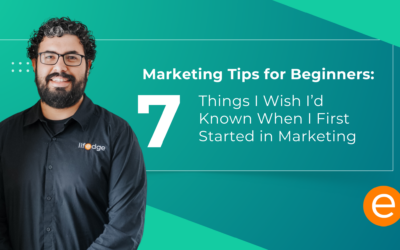
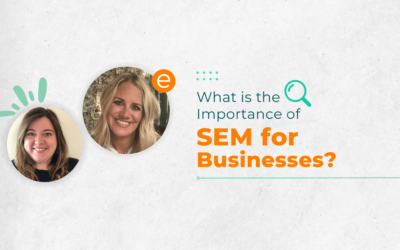
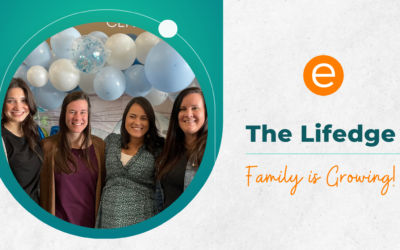




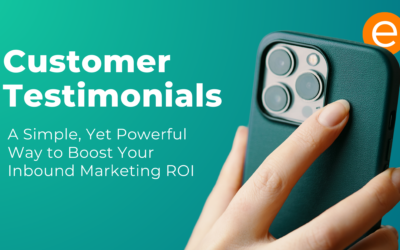

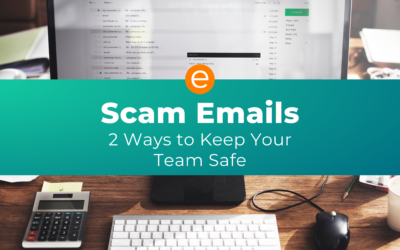
0 Comments